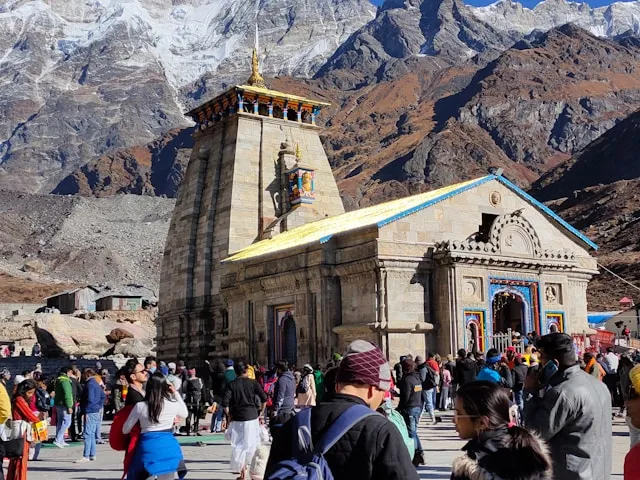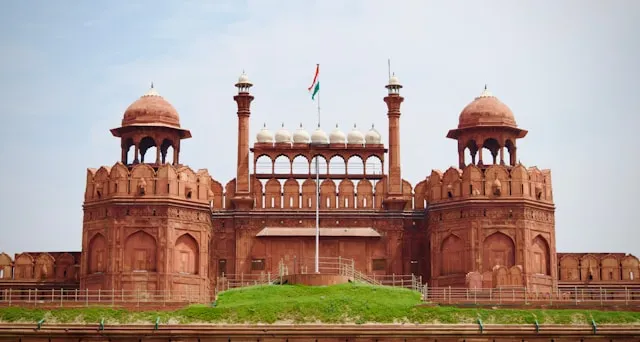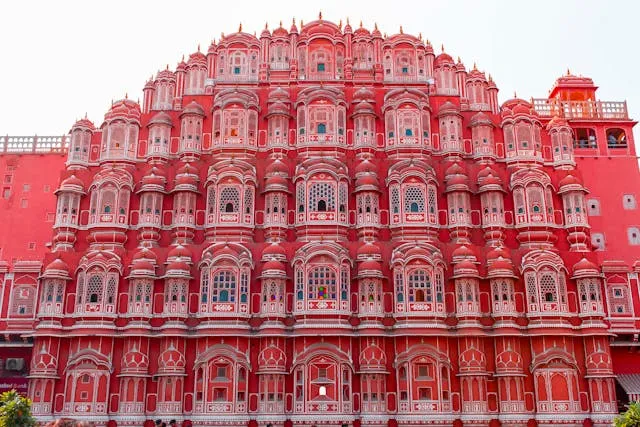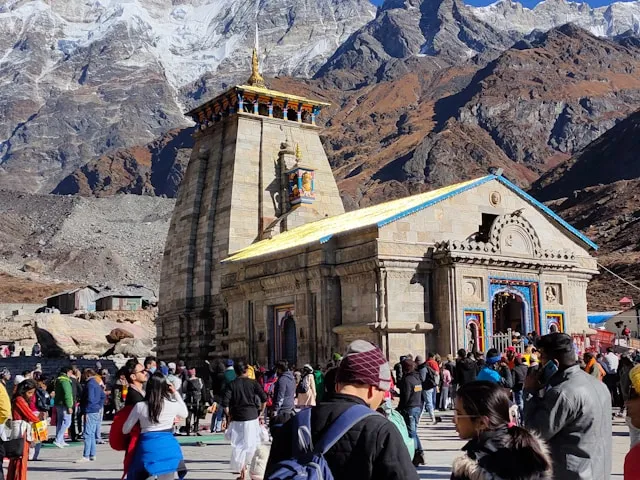Shirdi Sai Baba Temple Travel Guide
Shirdi
About Shirdi Sai Baba Temple Travel Guide
Destination Overview – Shirdi Sai Baba Temple
Shirdi Sai Baba Temple, located in Shirdi, Maharashtra, is one of the most revered pilgrimage sites in India. Dedicated to Sai Baba of Shirdi, a saint revered by both Hindu and Muslim devotees, the temple attracts millions of pilgrims every year. Known for its spiritual aura and miraculous stories, Shirdi is a symbol of faith, devotion, and unity. The temple complex houses the Samadhi Mandir, where Sai Baba’s mortal remains rest, along with several other significant shrines and places associated with his life. Shirdi is easily accessible and offers a serene spiritual experience for visitors from all walks of life.
Top Attractions & Places to Visit – Shirdi Sai Baba Temple
Samadhi Mandir: The main shrine housing Sai Baba’s tomb and the heart of the temple complex.
Dwarkamai Masjid: The mosque where Sai Baba lived for many years.
Chavadi: The place where Sai Baba used to stay on alternate nights.
Gurusthan: The sacred tree under which Sai Baba was first seen in Shirdi.
Sai Heritage Village: A museum showcasing Sai Baba’s life and artifacts.
Lendi Baug: The garden where Sai Baba spent time meditating and watering plants.
Best Time to Visit – Shirdi Sai Baba Temple
The best time to visit Shirdi is between October and March when the weather is pleasant and ideal for pilgrimage. Summers can be hot, but the temple remains crowded throughout the year due to its religious significance.
How to Reach – Shirdi Sai Baba Temple
Air: Shirdi Airport (also called Shri Guru Gobind Singh Ji Airport) is the nearest airport with regular flights.
Rail: Shirdi Railway Station connects Shirdi with major Indian cities.
Road: Well-connected by road with frequent buses and taxis from cities like Mumbai, Pune, and Nashik.
Local Transport: Auto-rickshaws, taxis, and shuttle services within Shirdi are easily available.
Accessibility for Differently-Abled Travelers – Shirdi Sai Baba Temple
The temple complex is equipped with ramps, wheelchairs, and special assistance counters to accommodate differently-abled devotees. Many volunteers help ensure a smooth visit.
Things to Do & Experiences – Shirdi Sai Baba Temple
Participate in the daily aarti ceremonies, especially the early morning and evening rituals.
Visit Dwarkamai Masjid and explore its historical significance.
Explore Sai Heritage Village to learn about Sai Baba’s life.
Enjoy peaceful walks in Lendi Baug garden.
Attend spiritual discourses and community prayers.
Accommodation Options – Shirdi Sai Baba Temple
Shirdi offers a wide range of accommodations from budget lodges and dharamshalas to luxury hotels. Many options are located near the temple for easy access.
Local Cuisine & Dining – Shirdi Sai Baba Temple
The town offers simple, sattvic vegetarian meals suitable for pilgrims, including poha, sabudana khichdi, and fresh fruit juices. Several eateries provide clean, affordable meals with a focus on traditional flavors.
Travel Tips & Safety – Shirdi Sai Baba Temple
Dress modestly and comfortably for the spiritual environment.
Avoid overcrowded timings if possible for a peaceful visit.
Use authorized transport and maintain personal belongings securely.
Follow temple rules and respect the sanctity of the premises.
Weather Details & Packing Suggestions – Shirdi Sai Baba Temple
Winter (October to March): Light woolens for chilly mornings and evenings.
Summer (April to June): Light cotton clothes, hats, and sunscreen are advisable.
Monsoon (July to September): Carry umbrellas and waterproof footwear.
General: Comfortable footwear and modest clothing for temple visits.
Currency Exchange & Banking Facilities – Shirdi Sai Baba Temple
ATMs and currency exchange centers are available in Shirdi town and near the temple complex for visitors’ convenience.
Connectivity & SIM Card Info – Shirdi Sai Baba Temple
Mobile network coverage is strong with providers like Jio, Airtel, and Vodafone. SIM cards can be purchased at airports and local shops. WiFi is available in select hotels and public areas.
Itinerary Suggestions – Shirdi Sai Baba Temple
1-Day: Visit Samadhi Mandir, Dwarkamai Masjid, and Chavadi.
2-Days: Add Sai Heritage Village and Lendi Baug to your itinerary.
3-Days: Explore nearby towns like Nashik or Ahmednagar for extended trips.
Nearby Destinations to Explore – Shirdi Sai Baba Temple
Nashik: Known for its vineyards and temples, about 90 km away.
Aurangabad: Famous for Ajanta and Ellora Caves, approximately 180 km from Shirdi.
Ahmednagar: Historical town located around 70 km away.
Trimbakeshwar: A sacred Shiva temple town near Nashik.
Shopping & Souvenirs – Shirdi Sai Baba Temple
Buy Sai Baba idols, religious books, incense, and spiritual souvenirs from shops near the temple. Local handicrafts and prayer beads are also popular.
Cultural & Historical Background – Shirdi Sai Baba Temple
Shirdi Sai Baba was a revered saint known for his teachings on love, tolerance, and faith. The temple complex preserves his legacy and continues to inspire millions. It represents the harmony between different faiths and the power of devotion.
Best Transport Options – Shirdi Sai Baba Temple
Local taxis, auto-rickshaws, and shuttle buses are convenient for moving around Shirdi and reaching the temple complex.
Nearest Railway Station – Shirdi Sai Baba Temple
Shirdi Railway Station offers connectivity with major Indian cities and convenient access to the temple.
FAQs About Shirdi Sai Baba Temple
Is Shirdi Sai Baba Temple open year-round?
Yes, the temple is open throughout the year.
What is the best time to visit Shirdi?
October to March offers pleasant weather and festive occasions.
Is the temple accessible for differently-abled visitors?
Yes, facilities and assistance are available.
Do I need a special permit to visit the temple?
No special permit is required.
Are there vegetarian food options nearby?
Yes, several eateries serve sattvic vegetarian meals.
How to reach Shirdi Sai Baba Temple?
By air via Shirdi Airport, rail via Shirdi Railway Station, and road from major cities.
Sustainability & Responsible Tourism – Shirdi Sai Baba Temple
Visitors are encouraged to keep the temple area clean, avoid plastic use, respect local customs, and support eco-friendly practices to maintain the sanctity and environment of Shirdi.
Need a Shirdi Sai Baba Temple Travel Guide Customized Itinerary?
Let us create your perfect Shirdi Sai Baba Temple Travel Guide journey

Gallery
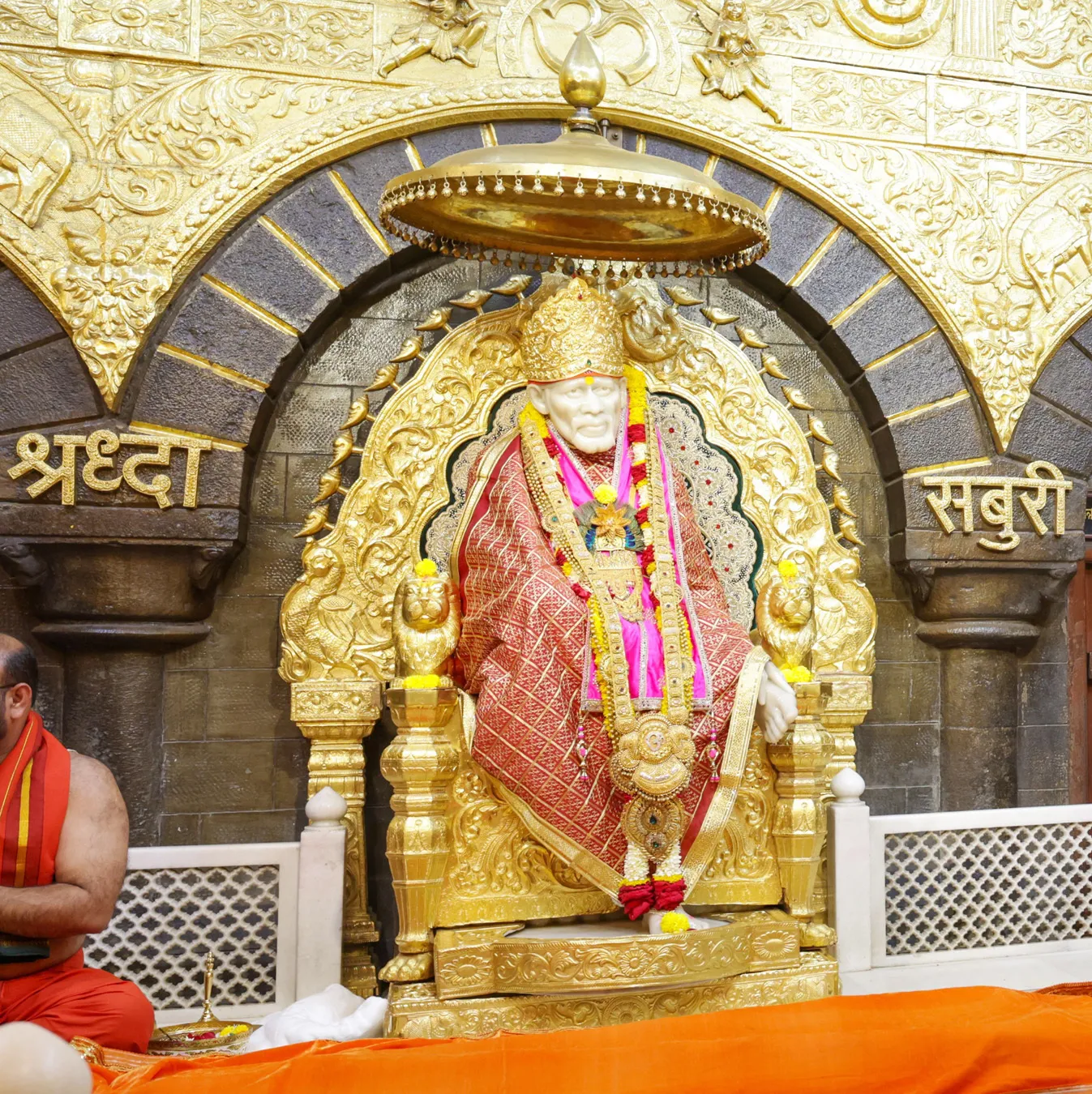
Weather
Location Map
Shirdi
Latest Blog Posts
Latest News: Shirdi Sai Baba Temple Maharashtra – Famous Pilgrimage for Sai Baba Devotees
What Our Travelers Say
Real experiences from our valued customers
"Our pilgrimage to the Sabarimala temple was filled with peace and grace. I couldn’t have asked for a better journey."
Amit Choudhury (Mumbai, India)
"Went to Rishikesh for a spiritual getaway. The arrangements were superb, and I felt so connected with the divine."
Rupali Mishra (Nagpur, India)
"Our Thailand trip was amazing! We explored Bangkok, enjoyed the beaches of Phuket, and experienced local culture. The tour was well-organized and stress-free!"
Sunita Mehta (Kolkata, India)
"Badrinath was beyond words! The guidance and assistance provided made the journey effortless. A spiritual retreat like no other."
Vikram Singh (Lucknow, India)
"The visit to Varanasi was like no other. The entire trip was so peaceful, organized, and spiritually enriching."
Paul Johnson (Melbourne, Australia)
"The Tirumala Darshan was an unforgettable experience. Everything was well-organized, and I felt blessed throughout the trip."


